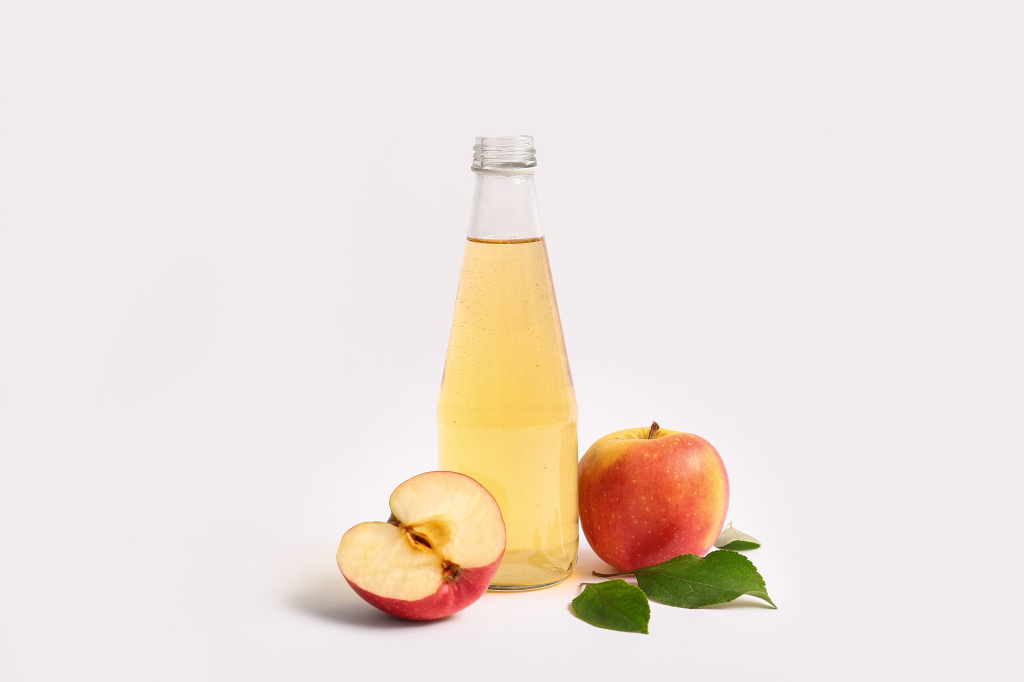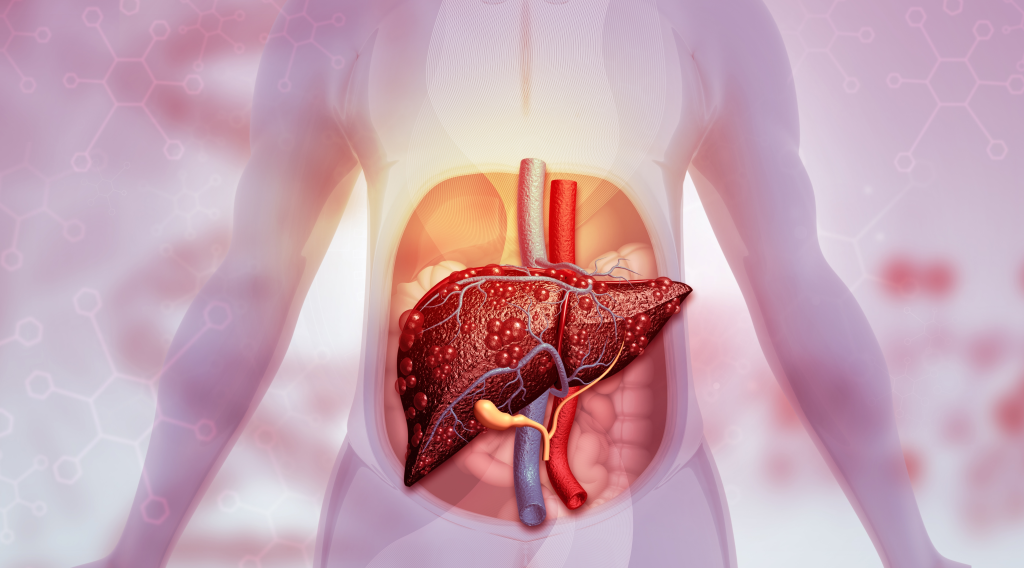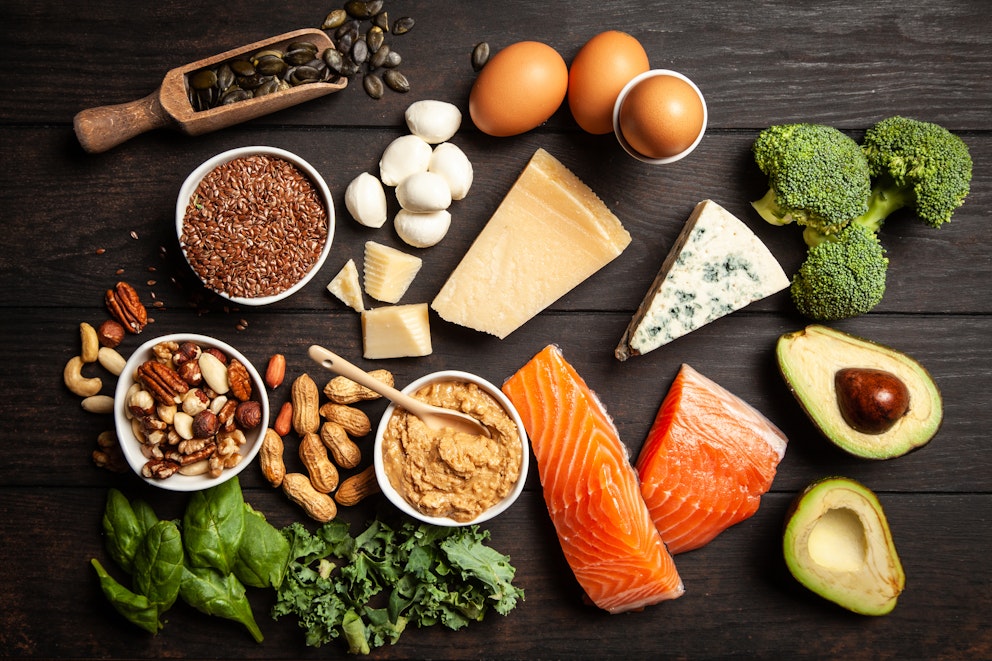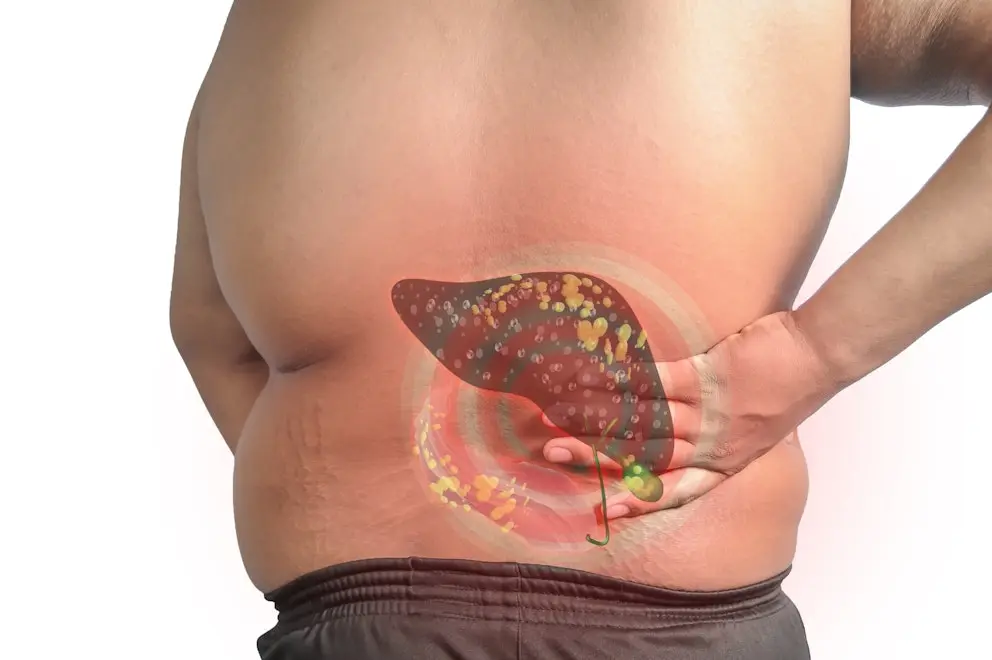Both nonalcoholic fatty liver disease and alcoholic fatty liver disease are serious health conditions. They are characterized by excess fat storage in liver cells, which leads to loss of liver function and greatly increases the risk of cirrhosis and liver cancer.
Poor diet and lifestyle habits are often the root causes of liver disease and damage. However, improving your diet and lifestyle can potentially stop or reverse the progression of fatty liver disease.
Let’s look at seven steps you can take to minimize liver fat buildup.
Seven tips to reverse fatty liver disease
According to Dr. Berg, “While avoiding alcohol and its toxic effects on liver cells is essential to reverse fatty liver disease, making the right dietary choices is equally important.”
A common misconception is that dietary fats are the leading cause of liver fat buildup. The most significant contributor to liver fat is a high-carbohydrate diet.
Eating sugar and carbs causes a rapid spike in blood sugar levels, which triggers the release of insulin, a metabolic hormone that regulates blood sugar and energy production.
When insulin is elevated, it signals the liver to convert excess blood sugar into fatty acids, which are stored in liver cells and cause fatty liver.
Research published in Nutrients suggests that a high-carb diet and insulin resistance significantly increase the overall risk of fatty liver.1
Here are seven ways to support a healthy liver.
1. Do Healthy Keto® and intermittent fasting
Healthy Keto® is a low-carb, high-fat diet that incorporates nutrient-rich foods. Following a nutritious low-carb diet is crucial to support balanced insulin levels and avoid blood sugar spikes that cause the deposition of fatty acids in liver cells.
In addition, Healthy Keto shifts your metabolism to burn fats instead of sugars as fuel, which stimulates your liver to utilize stored fats to produce energy.
Combining Healthy Keto with intermittent fasting is an excellent choice to maximize keto’s fat-burning effects.
During fasting periods, your metabolism has to rely on breaking down stored body fat to produce energy, which helps eliminate liver fat.
2. Increase cruciferous vegetables
Cruciferous vegetables, including kale, parsley, mustard greens, and Brussels Sprouts, support liver health in several ways.
These vegetables are rich in anti-inflammatory compounds and vitamin E, which protect liver cells from inflammation and damage caused by excessive liver fat, alcohol use, and the detoxification of metabolic by-products, drugs, and environmental toxins.
Research published in Nutrients also suggests that cruciferous vegetables contain phytochemicals, including sulforaphane, that increase cellular sensitivity to insulin and lower the risk of insulin resistance, a primary risk factor for fatty liver disease.2
The authors conclude that “Sulforaphane, a naturally active isothiocyanate compound from cruciferous vegetables, was found to possess the potency to alleviate insulin resistance.”
3. Consume dandelion greens
Dandelions are choleretic and stimulate the production and flow of bile needed to digest and absorb fats.
Bile salts are also crucial for normal fat metabolism in the liver, and supporting bile flow can reduce the risk of fatty liver disease.

4. Take a daily apple cider vinegar drink
Apple cider vinegar is a rich source of acetic acid, a naturally occurring acid that has been found to support healthy blood sugar regulation and increase cellular sensitivity to insulin. This may help prevent the conversion of blood sugar into fatty acids and reduce fat storage in liver cells.
Drinking one glass of apple cider vinegar and lemon water daily is an excellent choice to support your liver health.
5. Increase choline-rich foods
Choline promotes liver health and regulates fat metabolism, and evidence published in Nutrients suggests that a low dietary intake of choline increases the risk of fatty liver disease.3
Choline is needed to produce phosphatidylcholine, which oxidizes fatty acids and converts them into energy. Without adequate choline, fatty acids can’t be transported out of cells and used as an energy source.
Keto-approved choline-rich food sources include liver, eggs, chicken, fish, full-fat dairy products, and sunflower seeds.
Watch the video below to learn what steps you can take to eliminate fat in your liver.
6. Enjoy a daily cup of coffee
Several studies have found that drinking black coffee can lower the risk of fatty liver disease and may help reverse fatty liver in combination with a healthy diet and avoidance of alcohol.
Although it’s not yet fully understood how coffee may reduce liver fat, it’s believed that polyphenols in coffee improve insulin sensitivity, reduce inflammation, and enhance fat metabolism in the liver.
7. Avoid junk food and processed foods
Processed foods are typically high in carbs and often contain artificial ingredients that can cause liver inflammation and liver cell damage, increasing the risk of liver fat.
In addition, junk food consumption is linked to metabolic disorders, including obesity, metabolic syndrome, and insulin resistance, which are known risk factors for fatty liver disease.

What is fatty liver disease?
Fatty liver disease is characterized by excessive fat accumulation in liver cells. This interferes with normal liver function and can result in various metabolic disturbances, inflammation, and hormonal imbalances.
If left untreated, fatty liver disease can lead to cirrhosis, liver failure, and cancer.
Fatty liver disease can be categorized into two main types:
- Nonalcoholic fatty liver disease (NAFLD) is primarily caused by dietary and lifestyle habits, and obesity, type 2 diabetes, and insulin resistance appear to be risk factors for developing liver fat. A high-carb diet and excessive calorie consumption are believed to be closely linked to fatty liver disease.
- Alcoholic fatty liver disease results from prolonged alcohol use. The liver metabolizes ethanol, a cytotoxic substance that can damage liver cells, and too much alcohol can lead to inflammation, permanent scarring of the liver, and fat buildup.
Watch the video below to discover the foods you should eat to reverse fatty liver disease.
Symptoms of liver damage
Experts estimate that around 25 percent of adults have some degree of fatty liver disease, also known as the silent killer, due to a lack of early warning signs or symptoms.
It’s believed that an individual can lose as much as 90 percent of liver function before the first symptoms of liver disease develop.
However, there are some health problems that may indicate fatty liver:
- Malaise
- Bloating
- Jaundice
- Skin issues and itching
- Protruding belly and ascites
- High blood pressure
- Heart disease
Because a fatty liver has no symptoms, a liver biopsy, blood tests, and an abdominal ultrasound are often needed to diagnose liver disease.
Fatty liver disease can have serious health consequences, and it’s important to consult with your healthcare provider to determine your liver health if you display any of these symptoms or are concerned that you may have developed liver fat.

Can fatty liver disease be reversed?
The liver is the only organ in the human body that can fully regenerate itself, and it’s possible to reverse fatty liver disease.
The most effective way to reverse liver fat is to address the underlying causes. If a fatty liver is caused by excessive body weight and insulin resistance, losing weight and following a low-carb diet can help improve liver health.
However, it’s important to note that reversing fatty liver disease can take time.
Depending on the severity of your fatty liver, it can take up to three years of not drinking alcohol and following a healthy low-carb diet to see noticeable improvements in liver health and function.

Key takeaways
Fatty liver disease can have serious consequences for your health and increases the risk of cirrhosis and liver failure. Fortunately, the liver is a unique organ that can heal and regenerate itself.
You can support your liver health by following Healthy Keto in combination with intermittent fasting, which promotes healthy insulin levels and primes your metabolism to eliminate fatty acids in liver cells.
Avoiding alcohol, carbs, and junk foods while increasing cruciferous vegetables, choline-rich foods, and dandelion greens supports liver function and helps your liver cells get rid of excess fat.
FAQ
1. Is it possible to reverse fatty liver disease?
Yes, fatty liver can be reversed. However, depending on the severity of fatty liver disease, it can take considerable time to restore liver function.
2. What is the quickest way to reduce fatty liver damage?
To reduce fatty liver damage, it’s essential to avoid alcohol and to follow a low-carb, Healthy Keto® diet that primes the liver to utilize stored fat in liver cells as an energy source.
Increasing your intake of cruciferous vegetables, dandelion greens, and choline-rich foods also supports liver health and helps eliminate liver fat.
3. Can fatty liver be fully reversed?
The liver is the only organ that can regenerate itself, and in some cases, fatty liver can be reversed with a nutrient-rich low-carb diet such as Healthy Keto, intermittent fasting, and the avoidance of alcohol.
4. How long does it take to reverse a fatty liver?
How long it takes to reverse a fatty liver depends on several factors, including the severity of liver fat and body weight, as well as diet and lifestyle habits.
It’s important to note that fatty liver disease develops over prolonged periods, and it can take up to three years of dietary and lifestyle changes to reverse liver fat, heal liver damage, and fully restore liver function.
5. Can fatty liver be cured?
Fatty liver may be reversed by making beneficial dietary and lifestyle changes, achieving a healthy weight, and avoiding alcohol consumption.
6. Does keto help with fatty liver disease?
Yes, keto is excellent for fatty liver disease and shifts your metabolism to burn fats instead of sugars as an energy source. This primes your liver to utilize stored fatty acids in liver cells, which helps eliminate liver fat.
7. What are the best foods for fatty liver disease?
Cruciferous vegetables, including mustard greens, parsley, and kale, have potent hepatoprotective properties that support liver cell function.
In addition, choline-rich foods such as wild-caught salmon, egg yolks, and sunflower seeds promote fat metabolism and have been found to lower the risk of liver fat accumulation.
Sources
- https://www.ncbi.nlm.nih.gov/pmc/articles/PMC5409726/ ?
- https://www.ncbi.nlm.nih.gov/pmc/articles/PMC6566605/ ?
- https://www.ncbi.nlm.nih.gov/pmc/articles/PMC4113756/ ?







